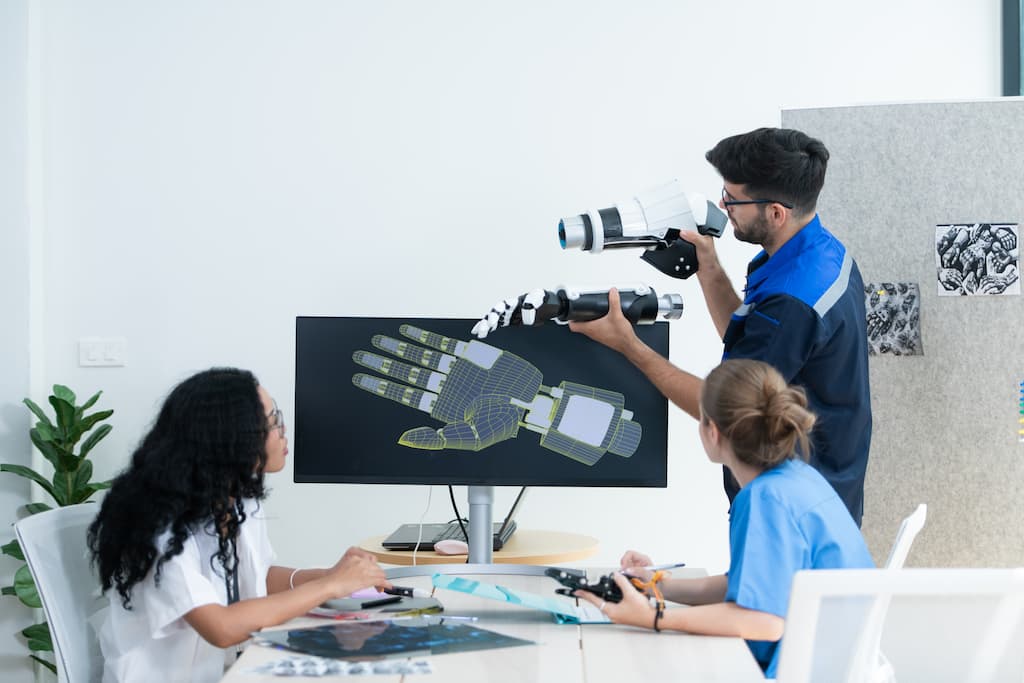In a context of fierce competition and globalization, innovation has become a major asset for companies. Whether it's a new product, an improved manufacturing process or a novel technical solution, inventions need to be protected to prevent them from being copied or exploited without authorization. The patent is the legal tool that enables this protection. But beyond its defensive function, it also plays an economic, strategic and commercial role. So, in concrete terms, why should a company register a patent ?
What is a patent and what does it protect ?
Exclusive legal protection
A patent is an industrial property title issued by a national office (such as the INPI in France) or an international office (such as the EPO in Europe). It gives its holder an exclusive right to use a technical invention for a maximum period of 20 years, from the date of filing.
This right is not an automatic right to exploit the invention (the invention may depend on another, earlier patent), but rather a right to prohibit any other person from using it without authorization: this includes making, using, selling, importing or marketing the patented product or process.
A tool to protect against competition
Locking in the exploitation of an invention
Registering a patent enables a company to protect itself against copies of its innovations. Thanks to the exclusive right it confers, a patent makes it possible to block the market entry of competitors, even in good faith, who might use identical or equivalent technology. It is therefore a defensive tool to protect investments made in research and development.
In the event of infringement, the company can bring an infringement action before the courts. This action can lead to the cessation of unlawful acts, damages and even the destruction of infringing products.
A stronger market position
Holding a patent also enables you to stand out from the crowd by asserting your innovative positioning. This can reinforce a company's technical credibility, enhance its brand image and build customer loyalty. It is also a deterrent to competitors.
Economic and financial leverage
Operate or license
Once a patent has been obtained, the company may decide to exploit it directly, i.e. to produce and market the protected product or process itself. This solution is often chosen by integrated companies or technology start-ups.
But the company can also grant licenses to other players. In this case, it authorizes one or more companies to use the invention in exchange for remuneration, generally a fixed royalty or a royalty proportional to the sales generated. Licenses may be exclusive (reserved for a single licensee) or non-exclusive.
This strategy makes it possible to generate income without producing the product itself, while retaining control over the use of the technology. It is particularly useful in sectors where the company does not have the industrial or commercial capacity to exploit the invention directly.
Assign your patent
Another option is to assign the patent, i.e. simply sell the title to a third party. This provides an immediate return on investment, particularly if the company does not wish to or cannot exploit the invention.
A strategic asset in business relationships
Adding value to the company
A patent is not just a protection tool: it's also a valuable intangible asset. It can appear as an asset on the balance sheet, and is a strong indicator of a company's capacity for innovation.
When raising capital, entering into a commercial partnership or selling a company, having a patent portfolio reassures investors or buyers, as it guarantees exclusivity on key technologies. It's a structuring competitive advantage.
A means of negotiation
Patents can also be used as bargaining chips in negotiations. For example, two companies can enter into a cross-licensing agreement (each authorizing the other to exploit part of its patents), or use their respective titles to establish strong positions in commercial or industrial negotiations.
A vector for technology dissemination
While patents protect inventions, they also require disclosure. Indeed, from 18 months after filing, the contents of the patent become publicly available. This makes it possible to disseminate technical knowledge and enrich the common base of research and innovation. Patents are therefore not just a tool for monopolies, but also for sharing knowledge.
What are the patent holder's obligations ?
The exclusive right conferred by a patent is accompanied by certain obligations :
- Paying annuities : each year, the company must pay a royalty to keep the patent in force. In the event of non-payment, the patent lapses and the invention becomes free to use.
- Describe the invention completely at the time of filing : the patentee cannot keep certain aspects secret. In return for exclusivity, he must share information with the technical community.
- Effective exploitation of the invention : in some cases, if the patent is not used unjustifiably, third parties may request a compulsory license, or even forfeiture of the patent.
Patents are a powerful but demanding tool, requiring serious, strategic management.
Patents, a tool for protection and growth
Registering a patent represents an investment, both in terms of time and financial resources. But for an innovative company, it's often a wise choice, because a patent is a legal barrier, an economic asset, a negotiating lever and proof of innovation.
Whether to defend an invention, generate income through licensing, attract investors or enhance the value of know-how, patenting is a key tool in industrial and commercial strategy. As long as you use it properly, and integrate it into a long-term vision of innovation.
